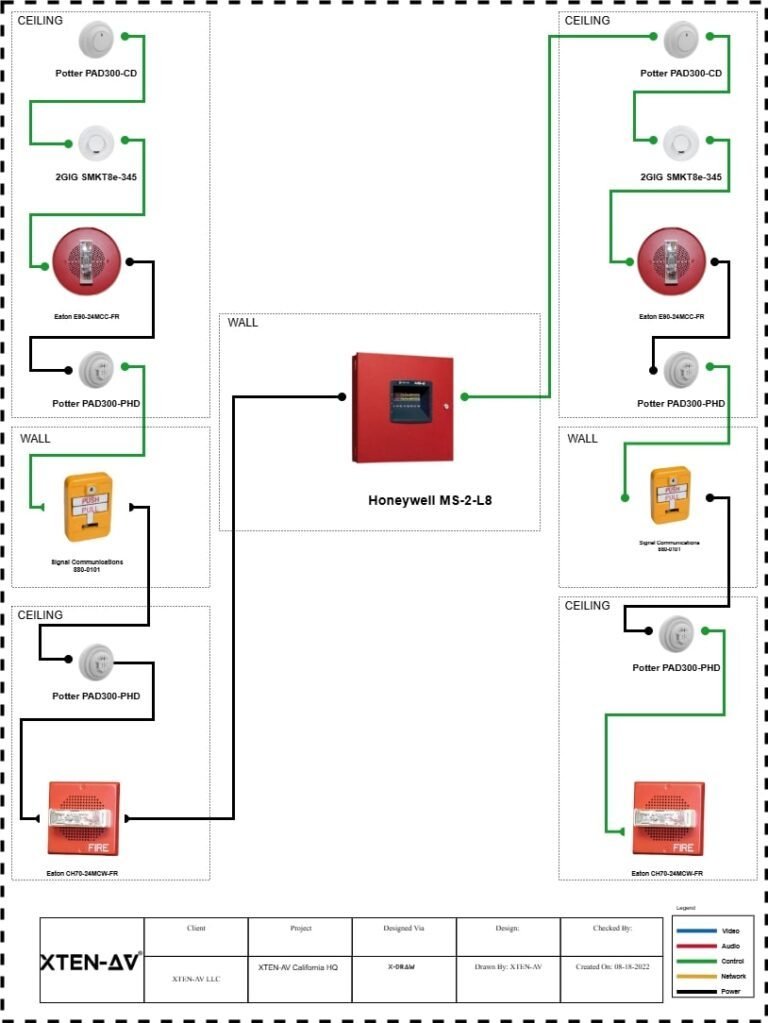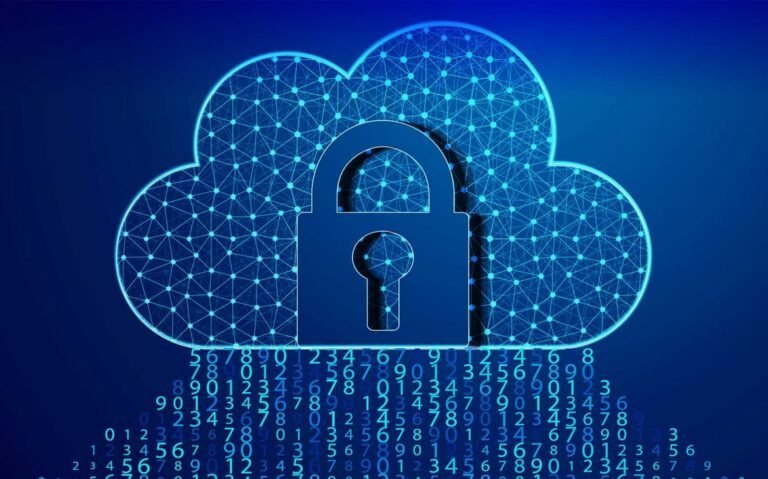In today’s fast-paced healthcare environment, accuracy in clinical documentation is no longer optional—it is essential. Errors, omissions, or delays in documenting patient encounters can lead to misdiagnoses, medication mistakes, or compromised care. One role that has emerged to help bridge the gap between fast workflow demands and precise record-keeping is the medical scribe. Whether working in person or remotely as a virtual medical scribe, well-trained scribes are contributing significantly to improved accuracy in clinical practice. In this article, we explore how medical scribe training elevates documentation quality, reduces errors, and supports better patient outcomes.
What is a Medical Scribe (and a Virtual Medical Scribe)?
A medical scribe is a trained individual who assists clinicians by documenting patient encounters in real time into electronic health records (EHRs), capturing history, physical exam findings, diagnostic orders, and treatment plans. The goal is to ensure the physician or clinician can focus on the patient rather than typing or charting.
A virtual medical scribe performs the same functions—but does so remotely, often via video, audio, or secure connection to the EHR system. Rather than being physically in the room, a virtual scribe listens in (with patient consent), takes notes, and updates the medical record. This model has grown in popularity with advancements in telehealth and remote work technologies.
The Importance of Training
Training is vital to transform someone into an effective medical scribe. Without proper education, even the best intentions can lead to errors. Key components of scribe training typically include:
Medical terminology & anatomy – Understanding body systems, diseases, common labs, and diagnostic terms.
Documentation standards & protocols – Learning what needs to be charted, required legal information, patient consent, and how to capture data in accordance with hospital or clinic policies.
EHR systems & workflows – Familiarity with the software clinicians use—where to click, how to insert orders, how to avoid duplicate entries, etc.
Privacy, security & confidentiality – Given the sensitivity of health data, scribes must learn HIPAA-type regulations (or local equivalents), consent rules, and secure handling of records.
Communication & listening skills – Especially for virtual medical scribes, since they rely heavily on audio/video. Mishearing or misunderstanding can lead to wrong documentation.
Quality control and feedback – Regular review of a scribe’s work with feedback from supervising clinicians ensures continual improvement.
Ways Training Improves Accuracy in Clinical Practice
Here are several concrete ways that training a medical scribe enhances accuracy and contributes to safer, higher-quality patient care.
1. Reducing Omissions and Incomplete Documentation
Well-trained scribes know what to capture: chief complaint, past medical history, medications, allergies, review of systems, physical exam findings, lab and radiology orders, treatment plans, follow-ups. Training reduces the chance that they will forget to chart something essential, which can lead to gaps in patient care. Virtual medical scribes often have protocols and checklists tailored to ensure nothing is overlooked, even when not physically present.
2. Minimizing Errors in Transcription and Data Entry
Errors in transcription—mishearing a medication name, misstating a dosage, mislabeling laterality (right vs left)—can have serious consequences. Training in medical terminology, drug names, measurement units, and EHR workflows greatly reduces these errors. Training also teaches scribes to double-check entries before finalizing. For virtual medical scribes, good audio quality, recording practices, and backup measures also help prevent errors due to unclear speech or connectivity issues.
3. Consistency in Documentation Style
Consistency matters—not only for clarity but also for legal, billing, and regulatory compliance. Trained medical scribes adhere to defined styles, abbreviations, and protocols. Training establishes these standards so that every clinician reviewing the chart knows how information is laid out. For example, a training program might mandate how vital signs are recorded, how lab values are annotated, or how physical exam findings are structured.
4. Timeliness and Real-Time Documentation
When scribes document contemporaneously that is, during or immediately after the patient visit records are more accurate. Memories don’t fade, and observations are fresh. Training helps scribes become efficient so that waiting until later doesn’t introduce forgetfulness or reliance on incomplete notes. Virtual medical scribes in telemedicine setups can often input documentation in near real time, thanks to high-speed communication tools.
5. Supporting Clinicians to Focus on Patients
By taking over documentation tasks, medical scribes allow clinicians to maintain eye contact, observe non-verbal cues, ask more probing follow-up questions, and generally engage more fully with patients. This leads to better histories, fewer overlooked symptoms, and a more holistic understanding of patient issues. When clinicians are less distracted by typing or note-taking, their diagnostic accuracy improves—and medical scribe training ensures scribes support this without introducing new errors.
6. Auditing, Feedback, and Continuous Improvement
Training doesn’t end once someone starts. Quality assurance plays a huge role. Having periodic audits of random charts, comparing scribe entries to clinician expectations, and providing feedback leads to measurable improvements. Training programs often include mock scenarios or simulations, which help both in‐person and virtual medical scribes remain sharp and responsive to unusual cases.
Challenges & How Good Training Mitigates Them
Of course, there are challenges to maintaining high accuracy. Some are common to both in-person and virtual settings; others are more specific to virtual medical scribes.
Audio/video clarity: Virtual medical scribes depend on good connectivity and recording quality. Training includes guiding tips—for example, positioning of microphones, reducing background noise, pausing when unclear, asking for repetition when needed.
Understanding clinician speech tempo and accent: Training exposes scribes to diverse speakers, accents, and clinical specialties, so they become accustomed to different speech patterns.
Preventing backlog or delay: If scribes fall behind, waiting too long to complete documentation increases risk of forgetting details. Training in time management and real-time or near real-time charting helps reduce backlog.
Regulatory and legal pitfalls: With health data, privacy and accuracy are tightly regulated. Training includes ethics, patient consent, security protocols—especially important for virtual medical scribes who may be working across regions or remotely.
Evidence of Improved Accuracy & Outcomes
Multiple studies and healthcare organizations have shown that introducing trained medical scribes leads to measurable gains:
Reduced error rates in patient charts (omissions, wrong entries)
Faster completion of clinical notes—often within 24 hours or less
Improved satisfaction among clinicians, who report fewer interruptions and better focus
Better patient satisfaction, because clinicians are more present in the room and less distracted
In telehealth settings, virtual medical scribes can preserve documentation accuracy for remote encounters, which otherwise may suffer from neglected note transcription or delayed entry.
Practical Steps for Implementing Effective Training Programs
For clinics, hospitals, or health systems considering or refining medical scribe programs, here are actionable recommendations:
Design a structured curriculum: Include modules covering terminology, EHR training, documentation standards, privacy, etc.
Use simulation or shadowing: New scribes can shadow seasoned scribes or clinicians, and practice using mock encounters (both in-person and virtual) before going live.
Implement checklists and templates: Standardized note templates, checklists for documentation, and regular audits help enforce accuracy.
Regular feedback loops: Supervisors or clinicians should review scribe output and provide constructive feedback.
Quality metrics: Track error types, rates of missing information, time to complete notes, clinician satisfaction. Use data to refine training.
Refreshers and continuing education: Even experienced scribes benefit from periodic retraining, especially when EHR systems are updated, or regulatory requirements change.
Conclusion
In sum, medical scribe training whether for in-person scribes or virtual medical scribes is a pivotal investment for healthcare settings striving for high accuracy in documentation, safe patient care, regulatory compliance, and clinician efficiency. Proper training mitigates risks of omissions, transcription errors, delays, and inconsistent documentation. It frees clinicians to devote their full attention to their patients. By combining strong education, useful tools, ongoing feedback, and quality control, medical scribe programs can meaningfully enhance clinical practice.
For clinics and health systems aiming to raise their standard of care, implementing or strengthening well-crafted medical scribe training programs should be a priority.




























































































































































































































































































































































































































































































